

For many people, a full head of hair is a symbol of youth and vitality, so hair loss can be a devastating blow to self-esteem and confidence. While there are many options for nonsurgical hair restoration, Bothell’s Dr. Nicole Anderson emphasizes that a diagnosis is a crucial first step for anyone worried about the problem.
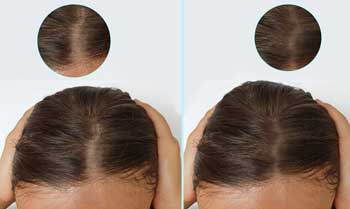 There are numerous reasons a person may lose his or her hair, some of which are strictly aesthetic and temporary. Dr. Anderson’s approach to hair restoration is to let the body do its own healing as much as possible, which first requires determining the cause. The ideal hair restoration plan depends upon accurately identifying the underlying reason for the hair loss.
There are numerous reasons a person may lose his or her hair, some of which are strictly aesthetic and temporary. Dr. Anderson’s approach to hair restoration is to let the body do its own healing as much as possible, which first requires determining the cause. The ideal hair restoration plan depends upon accurately identifying the underlying reason for the hair loss.
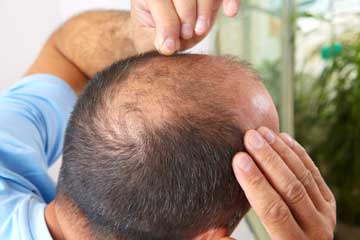 The most common cause of hair loss is androgenic alopecia, which is a hereditary condition that causes follicles to “shut down” over time. While the problem impacts a significant number of men—roughly 35 million in the United States alone, by some estimates—it is also a problem for about 30 million women.
The most common cause of hair loss is androgenic alopecia, which is a hereditary condition that causes follicles to “shut down” over time. While the problem impacts a significant number of men—roughly 35 million in the United States alone, by some estimates—it is also a problem for about 30 million women.
Androgenic alopecia typically causes hair loss in a predictable pattern: receding the hairline and causing a growing bald patch on the crown in men, and thinning the hair and creating a widening “part” for women.
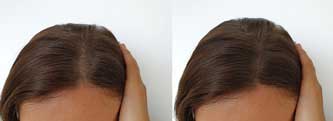
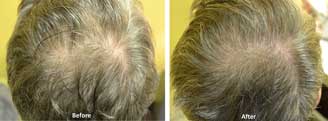
Other potential causes of noticeable hair loss are autoimmune disorders, trauma, stress, poor diet or nutrient definency, and routine physical pulling on the hair, such as when making tight braids or ponytail. Hormonal imbalances, such as those caused by thyroid conditions, pregnancy, and menopause, can also cause large amounts of hair to fall out, as can chronic inflammation due to a sustained immune response on the scalp or somewhere else in the body.
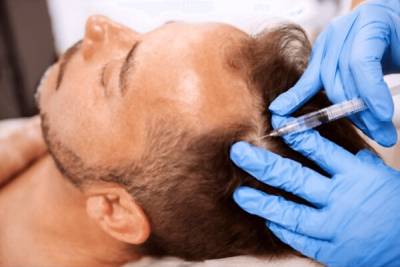 For patients whose hair loss is due to stress or a temporary circumstance, the most effective hair restoration strategy can be simply to give the problem time. Hair lost after a traumatic event or illness can grow back on its own. Similarly, women who lose hair throughout their pregnancy can find that it re-grows after the baby is born.
For patients whose hair loss is due to stress or a temporary circumstance, the most effective hair restoration strategy can be simply to give the problem time. Hair lost after a traumatic event or illness can grow back on its own. Similarly, women who lose hair throughout their pregnancy can find that it re-grows after the baby is born.
If traction alopecia (loss due to pulling) is the problem, simply choosing a different hairstyle may be all that is necessary for hair restoration.
Patients who are experiencing long-term hormone shifts, such as women in perimenopause or menopause, may benefit from hormone therapy and similar strategies to bring estrogen levels in their body back into balance. If hypothyroidism or hyperthyroidism is the cause, restoring hormone balance with medication or other natural means will usually allow the hair to grow back normally.
For the most common cause—androgenic alopecia—Dr. Anderson can sometimes “revive” declining follicles with platelet-rich plasma. Also known as PRP, this treatment concentrates a patient’s own healing platelets, which can be applied topically or injected into areas where hair restoration is desired. The influx of platelets and growth factors can revive the follicles and prompt new growth.
The specifics of any hair restoration treatment will depend on each patient’s unique case, since some will involve integrating de-stressing techniques into daily life, while others may involve supplements and similar natural remedies or medications.
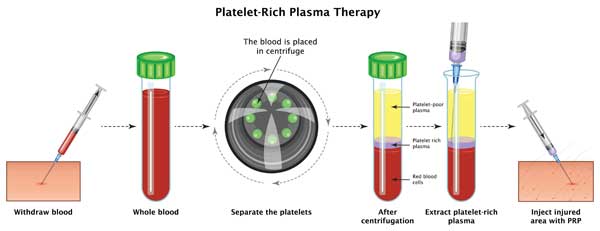
Patients choosing PRP hair restoration can expect a quick pinch when their blood is drawn. After this, the blood will be spun in a centrifuge to separate out the most valuable components for the treatment. The resulting platelet-rich plasma will then be applied as necessary to the scalp using microneedling or injection. A minimum of three treatments are done two to three weeks apart, with results being visible in three to six months. Yearly maintenance hair restoration treatments are often required to keep the hair follicles productive.